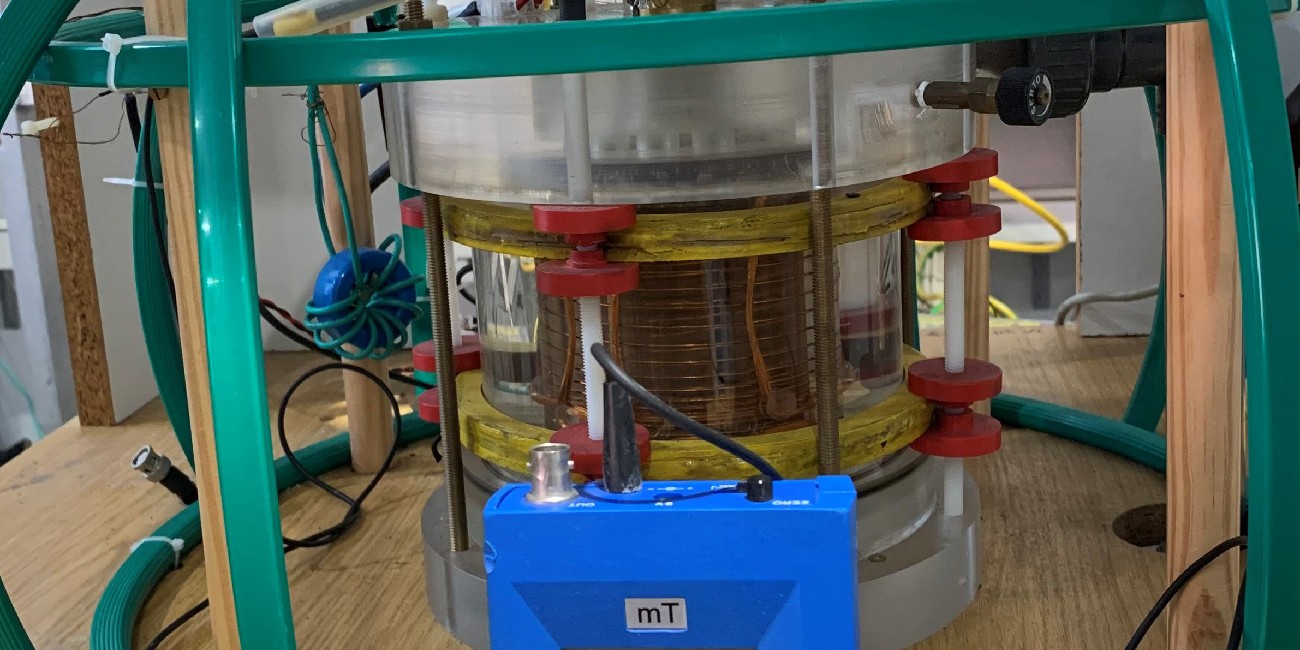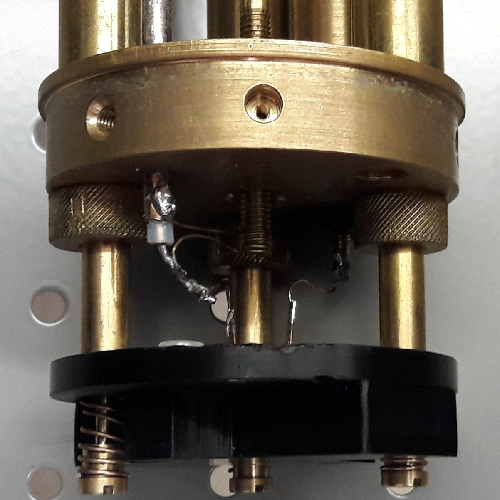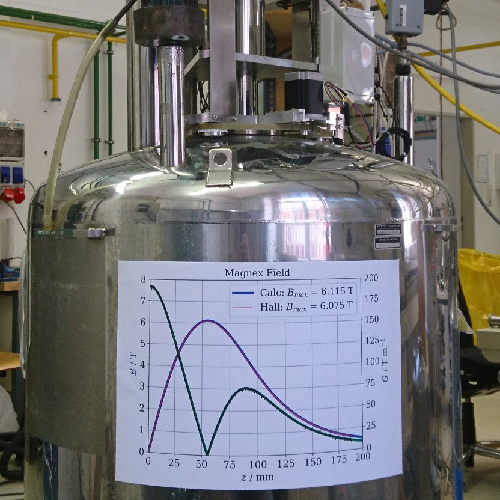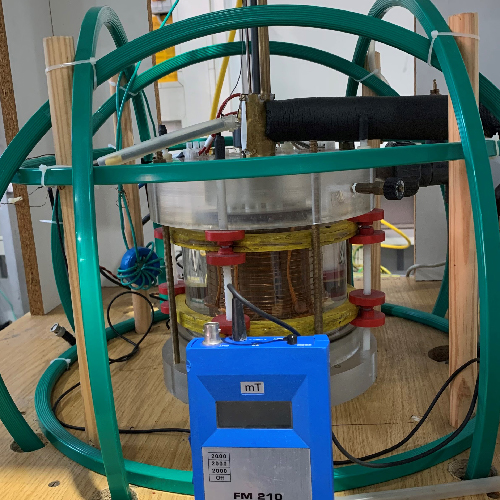In regular NMR experiments, the signal and, thus, the information is obtained from the entire volume of the sample. A spatial resolution can be achieved by applying magnetic field gradients. Under such circumstances, the strength of the applied magnetic field and, hence, the Larmor frequency of the nuclear magnetic moments vary across the sample. Therefore, the resonance condition for the transitions between the Zeeman levels, which is a prerequiste for the generation of a signal, is only met in a specific spatial region. This means that various regions can be addressed selectively. As a main application, this effect is used for MRI scans in medical diagnostics. In 2003, the Nobel Prize in Medicine was awarded to P. Lauterbur and P. Mansfield for the development of the MRI method. We employ magnetic field gradients to perform spatially resolved studies of structurally and dynamically inhomogeneous samples.
In the clinical application, suitable pulsed field gradients are applied to record 3D images. Thereby, the spatial resolution of commercial MRI machines is typically in the millimeter range. We apply much higher static field gradients and develop versatile sample positioning systems. In this way, we achieve a very high 1D resolution of ca. 2 micrometer. This allows us to selectively address a particular region of the sample, e.g., to ascertain properties at interfaces. In the framework of a collaborative research center (SFB 1194), we exploit this possibility to study concentration gradients in evaporating droplets, which are of high relevance for many technological processes, including printing.
Selected publications:
- B. Kresse et al., “One Dimensional Magnetic Resonance Microscopy with Micrometer Resolution in Static Field Gradients,” Journal of Magnetic Resonance 307 (October 2019): 106566, https://doi.org/10.1016/j.jmr.2019.106566.












